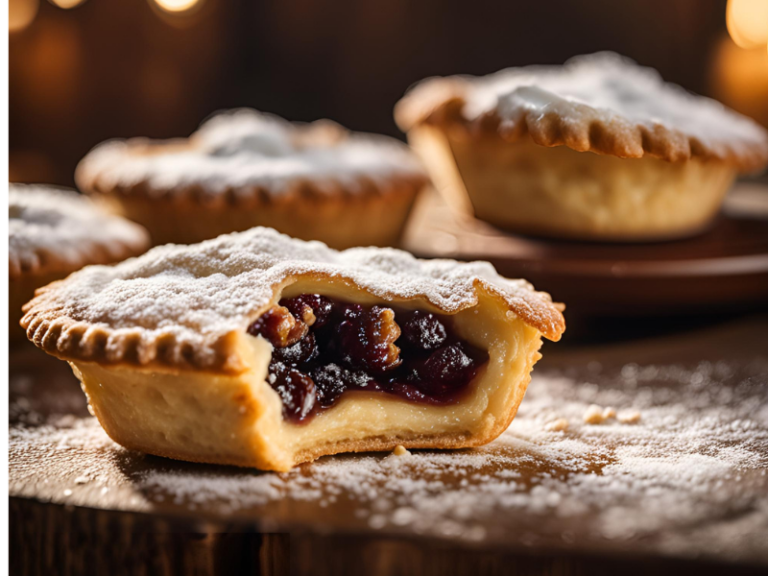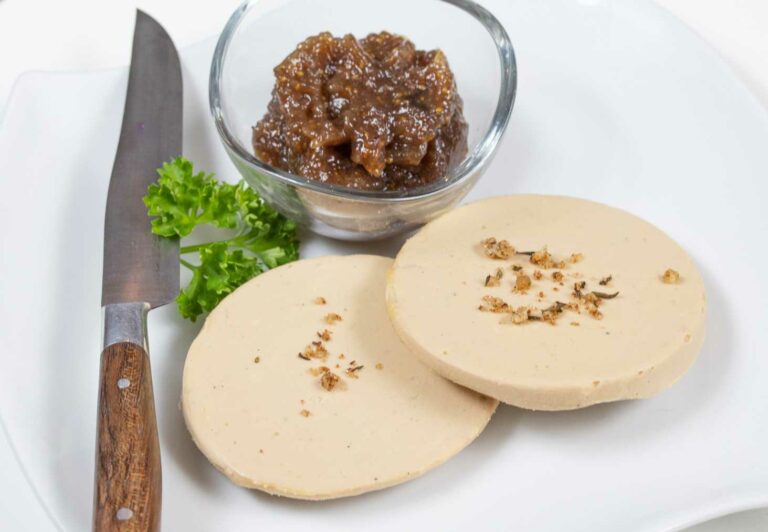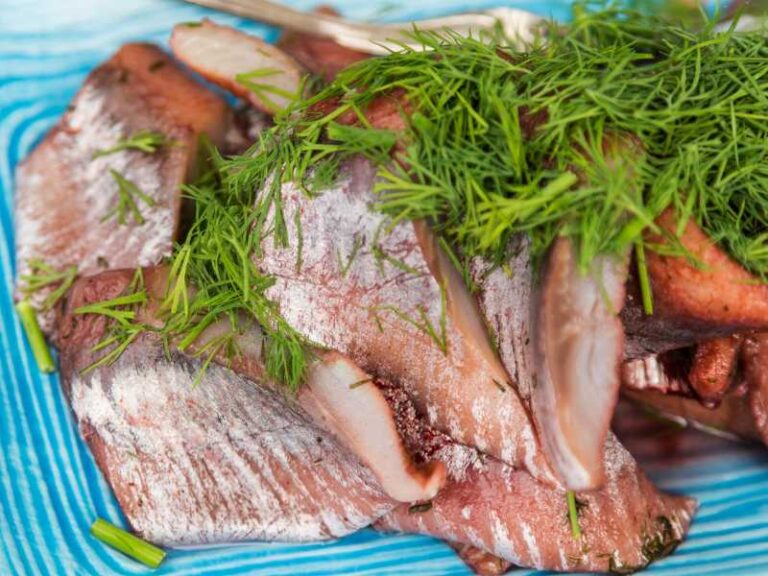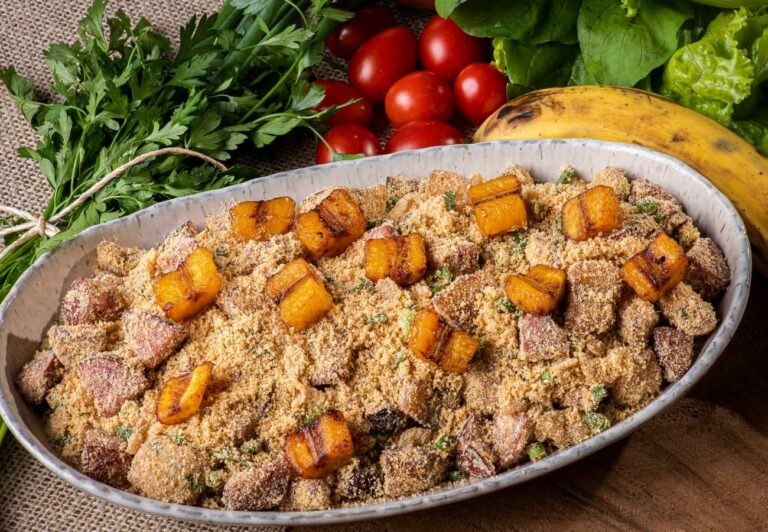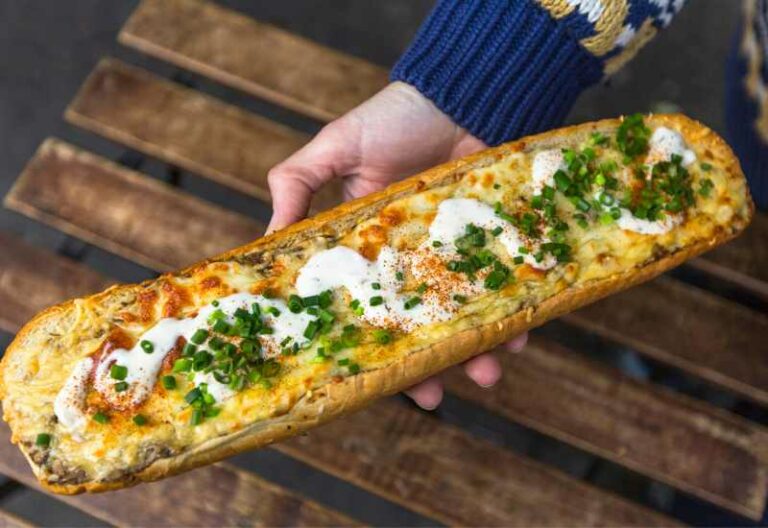Romanian Food: 15 Traditional Dishes of Romania

Romania is the largest of the Balkan countries, with a coastline on the Black Sea and Carpathian mountain range which is home to one of Europe’s biggest undisturbed forests. Romania has been a part of several empires in its history, including the Roman empire, the Ottoman empire and the Austro-Hungarian empire. It also became a communist country after World War II until the late 1980s.
Romanian cuisine reflects its colorful history and influences from past empires are obvious, particularly from Turkish, Greek and Russian culture, however it still maintains its own unique character. Staple ingredients of Romanian cuisine include pork, cheese and cabbage which are three major foods produced in Romania.
The major religion in the country is that of the Romanian Eastern Orthodox Church, and a significant amount of Romanian cuisine is influenced by the religion. For instance, it is common practice for fasting periods around religious holidays where it is forbidden to eat meat. As a result, a lot of popular Romanian dishes have vegetarian versions as well as meat versions.
Sarmale (Cabbage Rolls)

Sarmale is considered to be Romania’s national dish. It is made of sour cabbage stuffed with ground pork, rice, onions and spices, boiled for hours in a tomato-based sauce. Thought to have originated over 2,000 years ago, sarmale is a staple of Romanian cuisine today and is often served on special occasions, such as weddings, Christmas and New Year’s day.
Families in Romania have their own sarmale recipe which is passed on throughout generations. Some traditional recipes contain meat, while others are vegetarian or vegan. Some regions of Romania may use vine leaves instead of cabbage to roll the filling in.
There is a hint of vinegar from the brine-soaked cabbage leaves, with the seasoned ground pork making sarmale juicy and flavorsome. Sarmale can be served on its own or with boiled potatoes on the side.
Mămăligă (Polenta)

Mămăligă is porridge made out of traditional, Romanian yellow maize flour. It is a simple dish made of maize flour, water or milk, butter and salt. Mămăligă can be served runny as a porridge, baked as a savory cake, or rolled into cheese-stuffed balls and grilled.
Originally considered a peasant food, today mămăligă is a staple in Romania. This dish is often served on the side of sarmale, but can also be served with sour cream and cheese.
Mămăligă is served for breakfast, lunch or dinner and can be a stand-alone meal or a side dish. It may also be soaked in syrup and served as a sweet dessert.
Mici (Grilled Minced Meat Rolls)

Mici are a famous Romanian street food often found at markets and barbecues. They are made of ground meat, such as beef or lamb, mixed with spices and grilled over a flame. Mici translates to “small” or “little”, they are thought to be inspired by Turkish cuisine.
Mici are juicy on the inside and crispy on the outside, generally served with bread and sauces like mustard. They can be made of pork, beef or lamb mince, or a combination of these.
Mici are believed to have originated in the 1800s where a pub chef supposedly ran out of sausage casing and grilled the sausage filling directly on the flame. They became popular instantly and are now enjoyed across Romania to this day.
Pomana Porcului

Pomana Porcului comes from a Romanian tradition of slaughtering a pig in the Winter. This traditionally happens on the 20th December, known as the day of Saint Ignatius, the pig’s skin, offal and meat are then used in a variety of dishes over the holiday period to feed family, friends and neighbours.
Pomana Porcului usually contains the ribs, neck and thigh of the pig. The fresh pork meat is fried in its own fat, creating a rich, meaty dish. This Winter comfort food is commonly served with Romanian pickles.
Jumări

Also made from the sacrifice of the pig on the day of Saint Ignatius, Jumări is a salty, crunchy appetizer made of fried pork belly or pork rinds in pig fat. This is served straight after frying with a side of raw onions and a glass of plum brandy.
Jumări can be seasoned with paprika to give it some extra flavour, making it a delicious, crispy snack or appetizer at Christmas time.
Ciorbă de burtă (Tripe Soup)

Ciorbă de burtă is a beef tripe soup, made with vegetables and bones to give a rich, velvety taste. Beef and pork legs are boiled for hours with the stock to achieve the complex flavor of this soup.
Easily recognisable by its bright yellow color, Ciorbă de burtă is a simple dish with a sour, creamy flavor. The creaminess of the ciorbă de burtă is thanks to Romanian sour cream, smântână.
Influenced by Turkey, ciorbă de burtă was adapted by the Romanians over the years and is now considered a comfort food, and hangover cure! ‘Ciorbă’ means soup in Romanian and ‘de burtă’ translates to ‘belly’ due to one of the main ingredients being cow stomach, known as tripe.
Drob de Miel (Lamb Haggis)

Drob de miel is a Romanian lamb haggis containing boiled eggs. This meatloaf-like dish is made from lamb offal, onions, eggs and herbs baked together to form a loaf.
Drob de miel is traditionally served on Easter, the dish is served cold with salad as a side or an appetizer. Today, you can find other less traditional versions of this dish made with chicken, or even a vegetarian version.
Cozonac (Sweet Bread)

Cozonac is a sweet bread made with swirls of nuts, poppy seeds or Turkish delight running through the dough. This is considered a special treat in Romania and is usually served for Easter, as well as other major holidays like Christmas.
Similar breads are found in other countries in Eastern Europe; the recipe is thought to have originated in Ancient Egypt and gradually been adapted slightly differently in each country. Cozonac dough has a similar texture to French brioche.
In Romania there are many variations of cozonac, with the simple sweetened dough being combined with different fillings or flavorings, such as lemon zest or rum.
Papanași (Donuts)

Papanași is a sweet donut that is fried and covered with sour cream and jam. The donut dough is traditionally made with sweet cottage cheese, giving them a dense consistency which makes them slightly heavier and less sweet than Western donuts.
Papanași originated in Northern Romania. They are thought to have been introduced by the Austro-Hungarian empire; the name papanași comes from the Latin word ‘papa’ or ‘pappa’, which means ‘food for children’.
The dough is more commonly fried, but may alternatively be boiled. Papanași is traditionally served with blueberry jam, but other jams may also be used.
Plum Dumplings

Plum Dumplings are a traditional dessert in Romania, made of plums surrounded by a potato-based dough. The dough is lightly boiled, similar to gnocchi, and then rolled in a sweet, cinnamon breadcrumbs.
Originally from Transylvania, plum dumplings are served in the Fall when plums are in season in Romania. This sweet treat has a light, juicy taste and can be served on their own or with jam and sour cream.
Börek
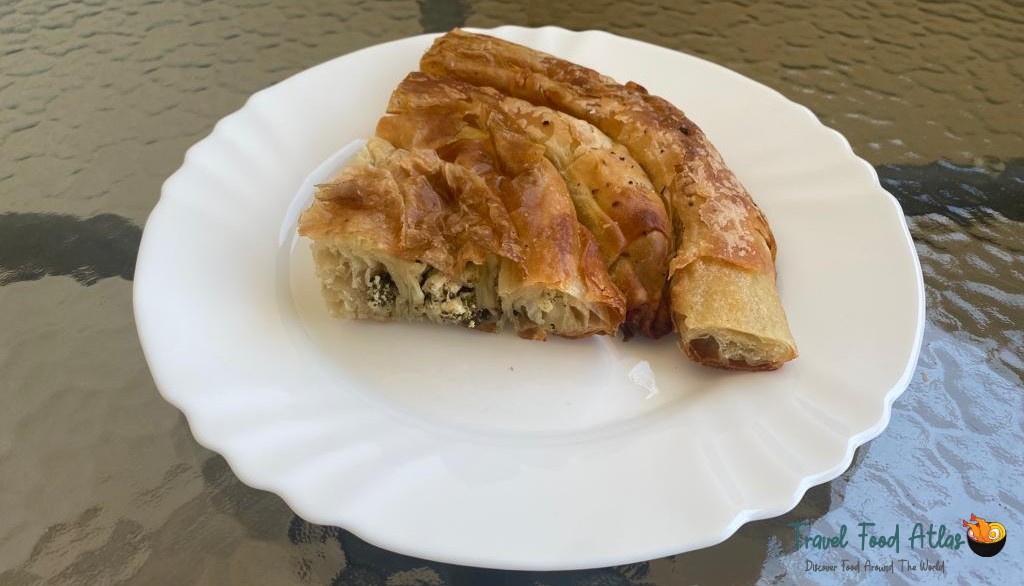
Börek (also known as Burek, Byrek or Boureki) covers a range of pastry dishes made by layering thin phyllo dough, with fillings such as cheese, minced meat, spinach and seasonings, along with a creamy egg yogurt mixture which is baked into a crispy and flaky pie-like dish.
Sataraš
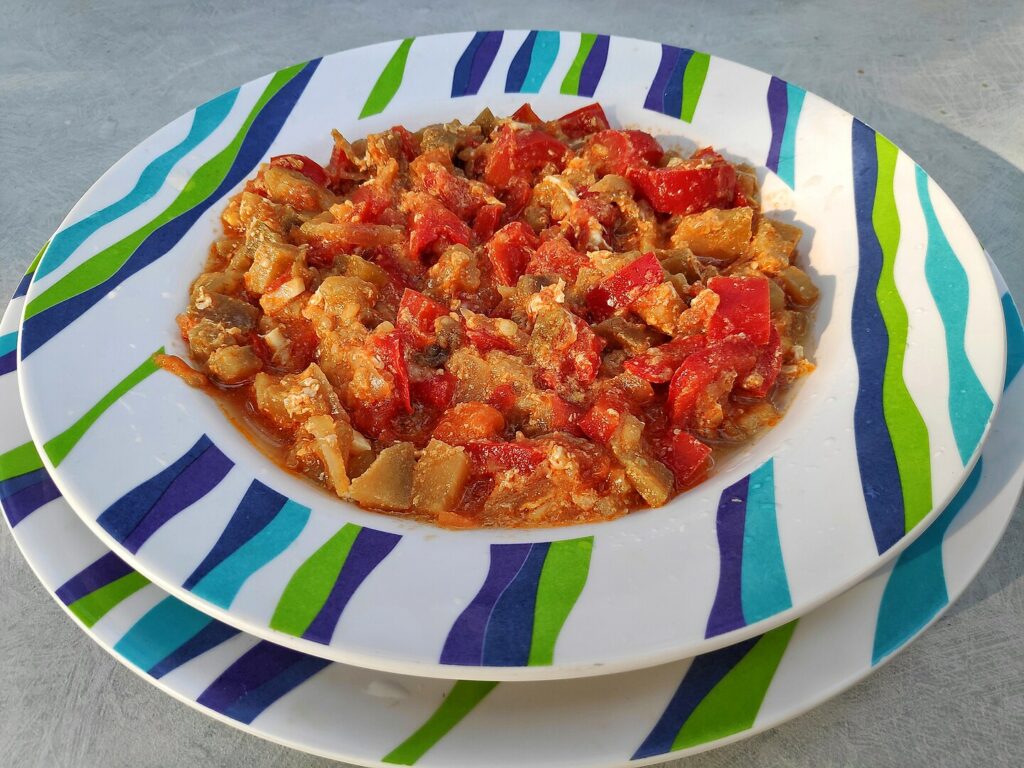
Sataraš is a traditional Balkan stew made with tomatoes, onions and peppers. They are first sautéed in oil, lightly seasoned then gently cooked into a chunky stew. It is served as a side or main dish.
Sataraš can be eaten as an accompaniment for meat or with starches like bread or eaten alone as a stew. When prepared for breakfast, it is topped with eggs.
Plăcintă Cu Mere
Plăcintă Cu Mere is a traditional dessert consisting of on apple filling sandwiched between two layers of dough. The filling is cooked first, with sugar and spices like cinnamon and sometimes nuts. The dessert is baked then cut into smaller rectangular pieces before serving, sometimes sprinkled with sugar.
Gibanica
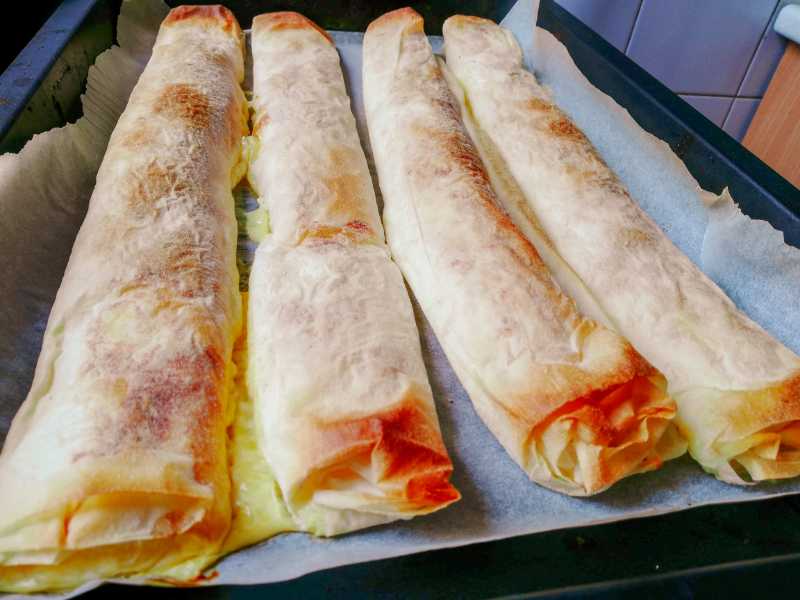
Gibanica is a traditional wheat flour pastry filled with soft cheese. The filling may be a soft spreadable cheese such as cottage cheese or soft crumbly cheese like feta. The easiest preparations use ready-made phyllo dough, but it also made with freshly rolled dough and baked.
Kasha
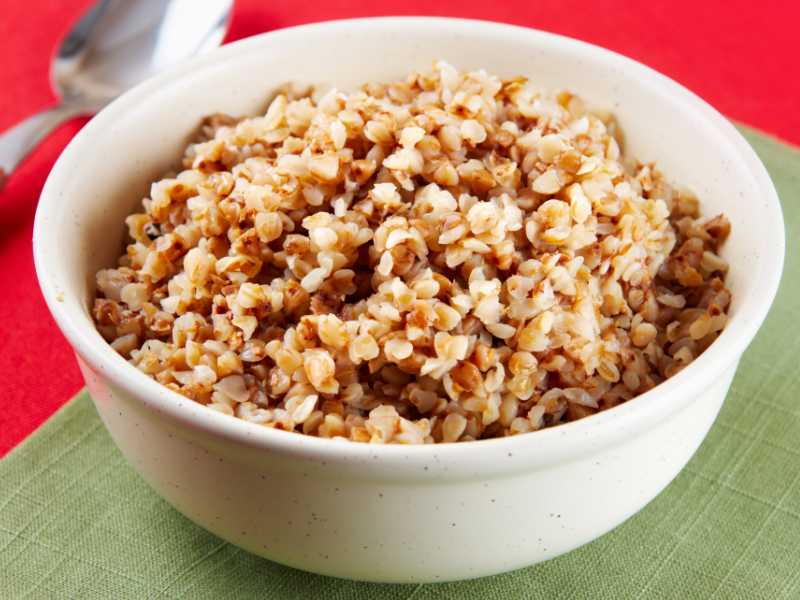
Kasha is a grain that is particularly popular in Eastern Europe, usually made from buckwheat groats. The buckwheat is first toasted then cooked in water or broth until they are tender. They are flavored before eating.
Kasha is used in numerous ways. It is eaten as a main meal when served as a breakfast cereal, topped with hot milk, yogurt, honey and a variety of nuts and berries. It is also served as a side dish and can be used for stuffing meat. It is widely consumed and eaten with meat or added to a variety of dishes like soup.

